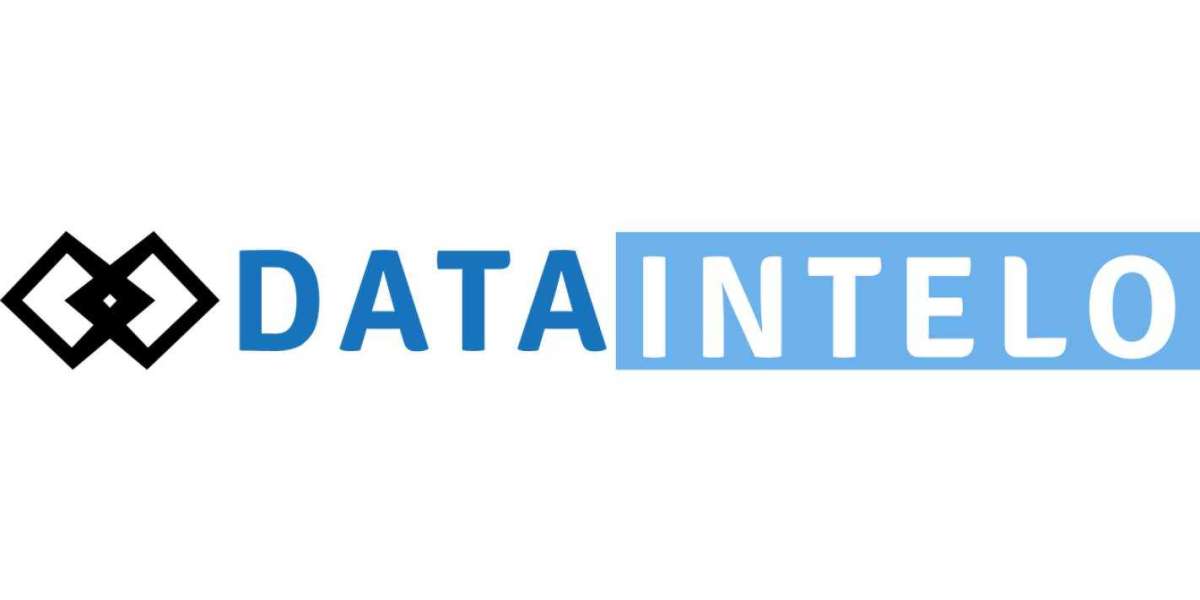Unlock energy efficiency with our IoT-based monitoring system and gateway for commercial buildings. Optimize consumption, cut costs, and embrace sustainability!
In today’s world, energy consumption has become a major concern for both businesses and individuals. To address this, the implementation of IoT (Internet of Things)-based energy monitoring systems and gateways has gained significant attention. These systems are designed to continuously monitor and analyze the energy consumption of commercial buildings, providing valuable insights and enabling efficient energy usage. This document outlines the key measures that can be implemented in
commercial buildings to optimize energy consumption using
IoT-based energy monitoring systems and gateways.
Measure 1: Smart Metering and Energy Data Collection
One of the key measures in optimizing
energy consumption in commercial buildings is the installation of smart meters. These advanced meters enable accurate and reliable data collection, providing real-time information on energy consumption patterns. The collected data can be sent directly to the
IoT-based energy monitoring system, eliminating the need for manual monitoring. By leveraging smart meters, businesses can gain a deeper understanding of their energy consumption and identify areas for improvement.
Measure 2: Energy Efficient Lighting Systems
Efficient lighting systems can significantly contribute to reducing energy consumption in commercial buildings. By implementing IoT-based lighting systems, businesses can automate and control the lighting based on occupancy patterns, natural light availability, and scheduled events. These systems can automatically adjust the light levels to reduce energy consumption during peak hours or when rooms are unoccupied. Additionally, smart lighting systems can provide real-time notifications and alerts when lighting systems malfunction, enabling timely maintenance and repairs.
Measure 3: Temperature and Humidity Control
Maintaining optimal temperature and humidity levels in commercial buildings is crucial for occupant comfort and energy efficiency. IoT-based temperature and relative humidity sensors can be installed to monitor and regulate the environmental conditions. These systems can automatically adjust heating, ventilation, and air conditioning (HVAC) systems to maintain the desired temperature range. By optimizing HVAC settings, businesses can reduce energy consumption and improve occupant comfort.
Measure 4: Smart Plugs and Plug Load Management
Plugged-in devices, such as computers, printers, and appliances, can contribute significantly to energy consumption in commercial buildings. IoT-based smart plugs can provide real-time visibility into plug load usage, allowing businesses to monitor and control these devices remotely. By enabling power management features, such as power cycling, scheduled shutdowns, and automated power-on/off settings, businesses can reduce unnecessary energy consumption and improve overall energy efficiency.
Measure 5: Renewable Energy Integration
Embracing renewable energy sources can help businesses reduce their carbon footprint and achieve sustainability goals. IoT-based energy monitoring systems and gateways can be integrated with renewable energy sources, such as solar panels or wind turbines, to optimize energy generation and consumption. These systems can monitor energy production in real-time, enabling businesses to balance their energy consumption with renewable sources. Additionally, they can provide alerts and notifications when renewable energy sources are not available or when they are not functioning optimally.
Measure 6: Data Analytics and Visualization
The collected data from IoT-based energy monitoring systems can provide valuable insights into energy consumption patterns, peak demand periods, and opportunities for energy savings. To effectively utilize this data, businesses should invest in data analytics and visualization tools. These tools can analyze large datasets, identify patterns, and provide visual representations of energy consumption trends. By leveraging data analytics, businesses can make informed decisions about energy optimization, detect anomalies, and implement targeted energy-saving measures.
Conclusion
IoT-based energy monitoring systems and gateways offer a range of measures that can be implemented in commercial buildings to optimize energy consumption. From smart metering and data collection to smart lighting and temperature and relative humidity control, businesses can leverage these advanced technologies to monitor and analyze their energy consumption in real-time. By implementing these measures, businesses can reduce energy costs, improve sustainability, and enhance occupant comfort.
 Laser Cleaning Dry Market Size, Industry & Landscape Outlook, Revenue Growth Analysis to 2030
By ajit Chary
Laser Cleaning Dry Market Size, Industry & Landscape Outlook, Revenue Growth Analysis to 2030
By ajit Chary The mobile app Pin Up casino
By Pin Win
The mobile app Pin Up casino
By Pin Win Turkey E-Visa for Australian Citizens
Turkey E-Visa for Australian Citizens
 Looking for a new high efficient product for your home or office?
By dlgroupmalta
Looking for a new high efficient product for your home or office?
By dlgroupmalta Shop the Latest Collection of Fans at Malta's Leading Store - Fans Malta
By dlgroupmalta
Shop the Latest Collection of Fans at Malta's Leading Store - Fans Malta
By dlgroupmalta


